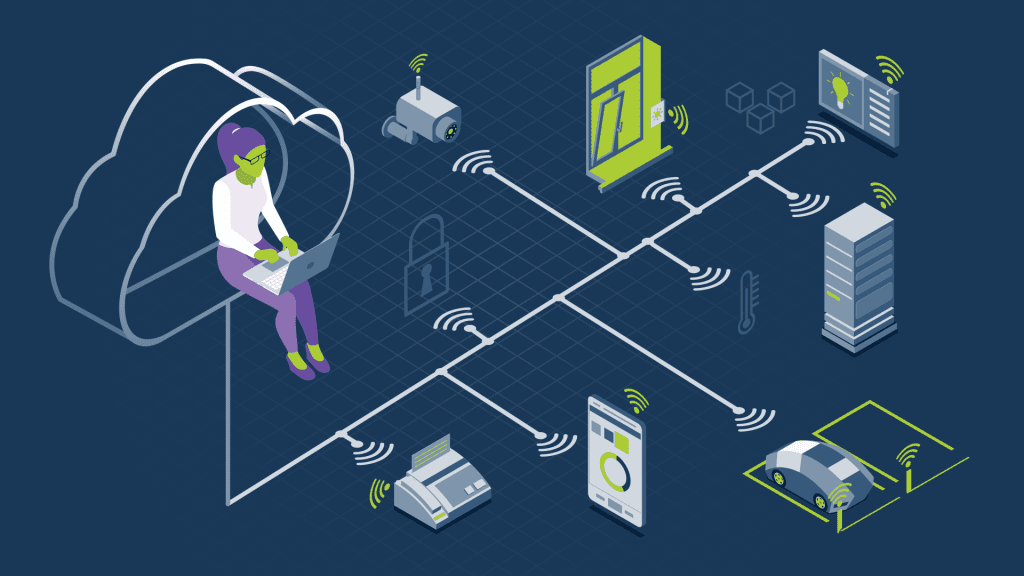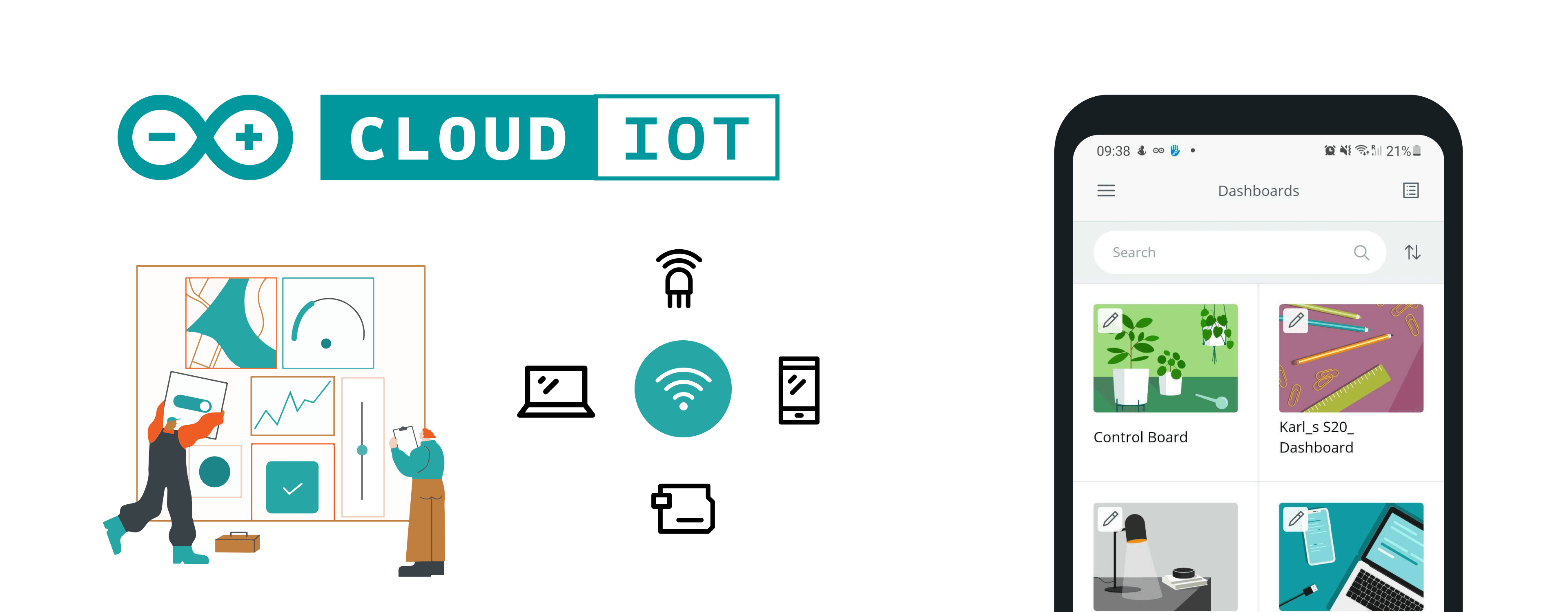In an age where connectivity reigns supreme, can you truly afford to overlook the power of remotely accessing your Internet of Things (IoT) devices via your Android device? The answer, unequivocally, is no. Secure remote IoT login has evolved from a futuristic concept to an indispensable facet of modern technology, offering unparalleled convenience and control across a vast spectrum of applications.
The proliferation of IoT devices has spurred an insatiable demand for remote access capabilities. Individuals and businesses alike are actively seeking ways to manage their IoT ecosystems from any location on the globe. This surge in remote access, however, introduces a critical concern: security. It is imperative that a secure and cost-effective solution be implemented when it comes to remote login. This article aims to delve into the intricacies of achieving such a system on Android.
By the end of this exploration, you'll gain a comprehensive understanding of the significance of secure remote IoT login, the available tools and methodologies, and how to effectively implement them. Whether you're a novice or an experienced tech enthusiast, this guide provides invaluable insights and actionable steps to safeguard your IoT devices. Let us delve into the details!
- Only My Vaccine Anime The Ultimate Guide To The Zombie Apocalypse
- Bollywood Movies 4 U Latest Releases Mustwatch Hits
Remote IoT login, at its core, is the ability to access and control IoT devices from a remote location. This functionality proves particularly beneficial for managing devices that lack physical accessibility. The benefits of this are manifold, which will be discussed in detail later.
Why is Remote IoT Login Important?
Remote IoT login offers a plethora of advantages. These are crucial benefits that drive its adoption across various sectors:
- Convenience: Access your IoT devices from anywhere in the world.
- Efficiency: Monitor and control systems in real-time without physical presence.
- Scalability: Manage multiple IoT devices simultaneously.
- Cost-Effectiveness: Reduce the need for physical site visits, thus saving time and money.
For businesses and individual users, remote access can substantially elevate productivity and streamline operations, ushering in a new era of connectivity and control. The implications are revolutionary, providing unprecedented flexibility and control over a growing range of devices and systems.
Key Components of a Secure Remote IoT Login System
To achieve a secure remote IoT login, a combination of critical components must be in place. These include robust authentication protocols, encryption mechanisms, and secure communication channels. Here, we'll explore each of these in detail.
Authentication Protocols
Authentication is the initial line of defense in fortifying your remote IoT login. It's the process that ensures only authorized individuals gain access to your IoT devices. Common authentication methods include:
- Username and Password: The most basic form, requiring unique credentials.
- Two-Factor Authentication (2FA): Adds an extra layer of security, often using codes from an app or SMS.
- Biometric Authentication: Utilizing fingerprints or facial recognition for enhanced security.
Implementing strong authentication protocols is absolutely essential to prevent unauthorized access to your systems, thereby safeguarding sensitive data and maintaining the integrity of your IoT infrastructure.
Encryption
Encryption is a critical component that plays a vital role in safeguarding data transmitted between your Android device and IoT systems. By encrypting data, you transform it into an unreadable format, ensuring that even if intercepted, it cannot be easily deciphered. Popular encryption methods include:
- SSL/TLS: Secure Sockets Layer/Transport Layer Security, ensuring secure communication.
- AES: Advanced Encryption Standard, a robust encryption algorithm.
- SSH: Secure Shell, a protocol that provides a secure channel for data transmission.
Employing encryption is a paramount measure to protect sensitive information and bolster the overall security of your system. This critical component is a cornerstone of a secure remote access infrastructure.
Secure Communication Channels
Establishing secure communication channels is crucial for remote IoT login. This involves the use of secure protocols, such as HTTPS, and ensuring all data transmissions are protected. Additional security measures, like firewalls and intrusion detection systems, can be deployed to strengthen security.
Secure communication channels create a protected pathway for data exchange, preventing unauthorized access and ensuring data integrity. These components are the building blocks of a secure remote access infrastructure.
Free Tools for Remote IoT Login on Android
Fortunately, several free tools are available to facilitate remote IoT login on Android. These tools offer a range of features and functionalities tailored to diverse user needs. Below are some of the most popular options:
Termius
Termius stands out as a powerful SSH client enabling secure connections to IoT devices from your Android device. Its support for multiple protocols, including SSH, Telnet, and WebSockets, makes it a versatile choice for remote access. Termius also boasts useful features such as session management, clipboard integration, and keyboard shortcuts, all of which enhance the user experience.
AndroVirt
AndroVirt is a useful tool for remote IoT login on Android. It provides a virtual machine environment, allowing users to run Linux-based applications on their Android devices. This makes it ideal for managing IoT systems that require specific software environments. AndroVirt also supports SSH and other secure communication protocols, ensuring a safe and reliable connection for users.
IOtivity
IOtivity is an open-source framework, developed by the Open Connectivity Foundation (OCF), designed to facilitate seamless communication between IoT devices. It supports various platforms, including Android, and offers tools for secure device discovery and communication. By leveraging IOtivity, a secure and efficient remote IoT login system can be established.
Setting Up Remote IoT Login on Android
Now that we've discussed the tools and components required, let's dive into the practical steps of setting up remote IoT login on your Android device.
Step 1
The initial step is to select the tool that aligns with your specific needs. Considerations should include ease of use, the breadth of features, and compatibility with your existing IoT devices. The options mentioned previously, Termius, AndroVirt, and IOtivity, are all viable starting points.
Step 2
Once you've selected your tool of choice, the next step is to configure authentication. This involves setting up usernames, passwords, and, where available, enabling two-factor authentication (2FA). Ensure that your credentials are robust and unique to prevent unauthorized access to your system.
Step 3
Enabling encryption is crucial for securing your remote IoT login. Many tools offer built-in encryption options, such as SSL/TLS or AES. Configure these settings as required, ensuring that all data transmissions are encrypted to protect your sensitive data.
Step 4
After setting up your authentication and encryption, it's time to test your connection. This entails connecting to your IoT device from your Android device, verifying that you can access it remotely, and confirming you have control.
Best Practices for Secure Remote IoT Login
While setting up a secure remote IoT login system is essential, adhering to the following best practices can further enhance its security. Here are some key recommendations:
Regularly Update Software
Keep all software updated, including your Android device's operating system and the remote IoT login tools you employ. This regular updating addresses security vulnerabilities and ensures your system remains protected against evolving threats.
Monitor System Logs
Regularly monitoring system logs can help you identify any unauthorized access attempts or suspicious activities. Most remote IoT login tools provide logging capabilities for this purpose, allowing you to proactively address security incidents.
Limit Access
Restrict access to your IoT devices to only those individuals who truly need it. This can be achieved by implementing role-based access control (RBAC) and limiting the number of users who possess administrative privileges.
Challenges and Solutions in Remote IoT Login
Although remote IoT login provides numerous benefits, it presents challenges that must be addressed. Here are some common challenges along with potential solutions:
Security Threats
Security threats, such as hacking attempts and data breaches, pose significant concerns for remote IoT login. To mitigate these risks, implement strong authentication protocols, enable encryption, and utilize secure communication channels.
Network Connectivity Issues
Poor network connectivity can significantly hamper the effectiveness of remote IoT login. To address this, ensure that your IoT devices are connected to a stable and reliable network. Additionally, consider using tools that support offline functionality to minimize the impact of connectivity problems.
Real-World Applications of Remote IoT Login
Remote IoT login finds application across various industries. Here are some practical examples of its real-world applications:
Smart Home Automation
With remote IoT login, homeowners can manage their smart home deviceslighting, thermostats, security systemsfrom any location. This functionality enhances convenience and drives greater energy efficiency.
Industrial Automation
In the industrial sector, remote IoT login empowers engineers and technicians to monitor and control machinery and equipment remotely. This significantly reduces downtime and improves overall operational efficiency.
Agriculture
In agriculture, remote IoT login enables farmers to manage irrigation systems, monitor crop conditions, and control machinery from their Android devices. This aids in the optimization of resource usage and boosts productivity.
Future Trends in Remote IoT Login
The field of remote IoT login is constantly evolving, with new technologies and trends emerging. Here are some future trends worth keeping an eye on:
Artificial Intelligence (AI)
AI is increasingly being integrated into remote IoT login systems to enhance security and improve user experience. AI-powered systems can detect anomalies, predict potential threats, and automate routine tasks, creating smarter, more proactive security measures.
5G Technology
The rollout of 5G technology promises faster and more reliable connectivity, which will make remote IoT login even more efficient. With 5G, users can expect lower latency and higher bandwidth, leading to more seamless interactions with IoT devices.
The intersection of AI and 5G holds exciting potential for the future of remote IoT login, promising increased efficiency, enhanced security, and streamlined user experiences.
The information provided herein is intended for informational purposes only. The technologies and techniques described may be subject to change and should be used in accordance with applicable laws and regulations.
- Hdhub4u Your Ultimate Guide To Free Movies Shows In 2024
- Joe Scarboroughs Illness Unveiling The Truth His Journey

